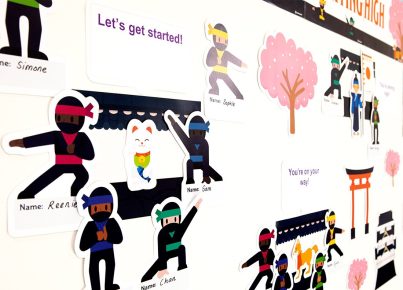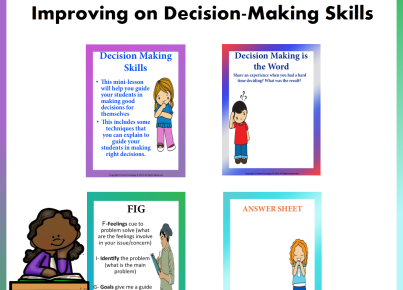Introduction:
As educators, we understand the importance of language in shaping our students’ perceptions and understanding of the world around them. It is essential that teachers constantly evaluate their language choices to ensure they are promoting a positive and inclusive learning environment. Here, we highlight five commonly used words that have negative connotations and provide suggestions on how teachers can reconsider and adapt their language use in the classroom.
1. “Fail”
The word “fail” can have a detrimental impact on students’ motivation, self-esteem, and willingness to take risks in their learning. Young learners, especially, might see failure as the end of their learning journey, rather than an opportunity for growth. Instead, consider using words like “not yet,” “improve,” or “grow” to emphasize that learning is a process and every challenge is an opportunity to sharpen skills.
2. “Shy”
Labeling a student as shy might discourage them from participating in class discussions and sharing their ideas; it also undermines the fact that each learner has unique strengths and weaknesses. To foster increased engagement among introverted students, be mindful of their sensibilities by offering alternative ways for them to express their thoughts, such as through written assignments in class or using anonymous digital platforms.
3. “Talent” or “Gifted”
Ascribing certain abilities purely to talent or natural gifts can inadvertently undermine the value of hard work, perseverance, and practice. It sends a message that only those who possess innate abilities can succeed in certain disciplines like maths or art. Instead of praising one’s talent exclusively, acknowledge the effort put into developing skills and abilities. Use phrases like “I can see that you’ve been working hard on this” or “Your determination is really paying off.”
4. “Boys” & “Girls”
Using gender-specific terms may contribute to reinforcing gender stereotypes in the classroom. When addressing students, strive to eliminate any hint of bias and exclusion by using more inclusive language, such as “students” or “class.” This promotes a more balanced learning environment and creates intentional spaces where every student feels valued and respected.
5. “Just”
This little word might slip into our language without us even realizing it; however, it often conveys implicit judgment when spoken before an instruction or expectation, such as, “just focus” or “just try your best.” Instead of minimizing the challenges that students may face, acknowledge the grit and effort required for the task. Communicate that you believe in their ability to overcome any obstacles they might face.
Conclusion:
Being mindful of the words we choose as educators is essential to creating a supportive and inclusive classroom culture. By reevaluating our language patterns and removing potentially harmful phrases, we can empower and encourage all students to thrive. Keep in mind that self-reflection is an ongoing process – continue to refine your teaching practice and make positive impacts on your students’ learning experiences.





